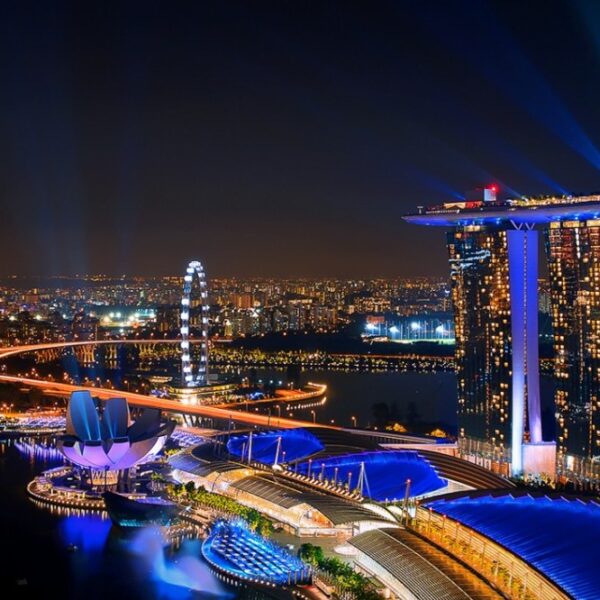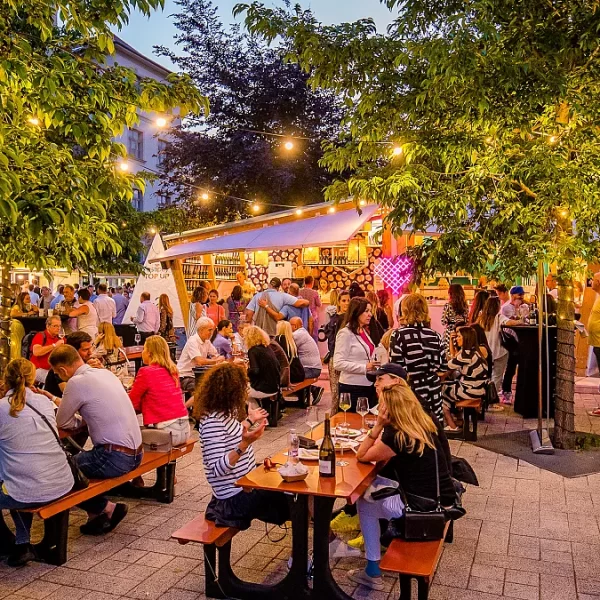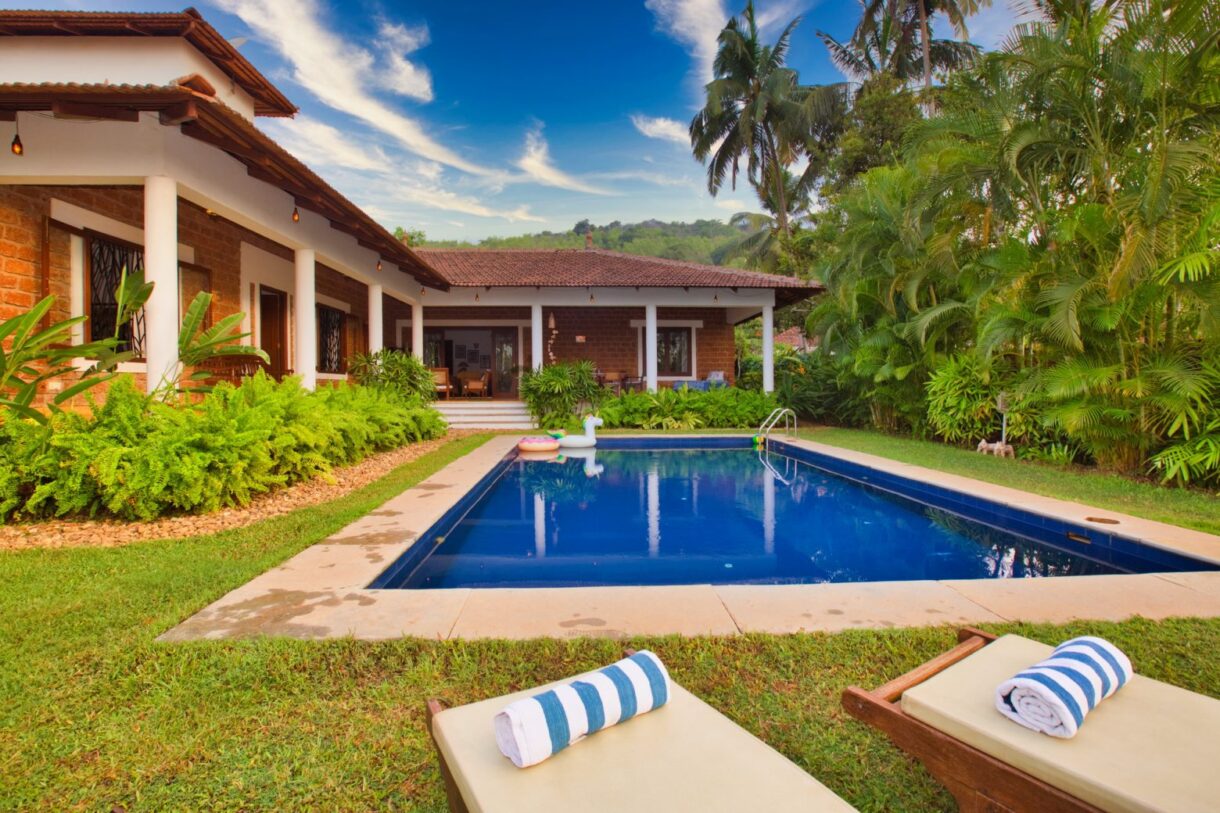In the world of interior design, fabric, and color play a vital role in transforming ideas into stylish designs. The combination of the right fabric and color can completely change the look and feel of a space, evoking emotions, creating visual interest, and enhancing the overall aesthetic. In this article, we will explore the power of fabric and color, understanding their characteristics and significance, and how they can be creatively combined to achieve impactful and stylish designs. So, let’s dive in and discover the magic that fabric and color can bring to your design projects.
Table of Contents
Significance of Fabric and Color in Design
Fabric and color play a significant role in design as they have the power to transform spaces and evoke emotions. Fabric choices determine the texture, durability, and overall feel of a design. Color, on the other hand, influences mood, perception, and visual interest. The carefully chosen combination of fabric and color can create a cohesive and stylish design that reflects the desired aesthetic and makes a lasting impression.
Transformative Power of Fabric and Color
The transformative power of fabric and color is undeniable in the world of design. By carefully selecting the right fabric and color, designers have the ability to completely transform spaces and evoke emotions. Whether it’s through the softness of velvet or the vibrant hues of bold color, fabric, and color can breathe life into any design concept and create stunning visual impacts. The right combination can turn ordinary spaces into stylish environments that leave a lasting impression.

Understanding Fabric
Understanding fabric is essential for designers looking to create stylish designs. Different types of fabric have unique characteristics that can impact the overall look and feel of a design. From the softness of velvet to the durability of denim, choosing the right fabric is key. By understanding the properties and capabilities of each fabric, designers can make informed decisions and bring their design concepts to life. Whether it’s for clothing, upholstery, or home decor, the right fabric choice can make all the difference in creating a stunning and functional design.
Different Types of Fabric and their Characteristics
There are a wide variety of fabrics available, each with their own unique characteristics. For example, cotton is known for its softness and breathability, making it ideal for clothing. Polyester, on the other hand, is durable and wrinkle-resistant, making it great for upholstery. Silk is luxurious and has a natural sheen, while wool is warm and insulating. Understanding these characteristics can help designers choose the right fabric for their specific design needs.
Choosing the right Fabric for your Design concept
Choosing the right fabric for your design concept is essential in bringing your vision to life. Consider the purpose, quality, and style of your garment. If you want a dress with a flowy silhouette, opt for lightweight fabrics like chiffon or silk. For structured pieces, choose fabrics with more body like denim or twill. Remember to also consider factors such as stretch and texture to ensure the fabric enhances your design. With careful consideration, you can select the perfect fabric that complements your design concept and how to elevates your fashion style creation.
The Role of Color in Design
Color plays a vital role in design, as it has the power to evoke emotions, create visual interest, and convey messages. Each color has its own psychological impact, with warm colors like red and yellow exuding energy and passion, while cool colors like blue and green promote calmness and tranquility. By understanding the psychology of color, designers can use it strategically to enhance their designs and evoke specific feelings in their audience.
The psychology of color and its impact on mood and perception
Color has a profound effect on our mood and perception. Certain colors, like warm tones of red and yellow, are known to elicit feelings of energy and excitement, while cool colors like blue and green promote a sense of calmness and tranquility. By strategically using color in design, designers can create an atmosphere that aligns with the desired emotions and perceptions, enhancing the overall experience for the users. Understanding the psychology of color is crucial in effectively conveying messages and connecting with the audience on an emotional level.
Using color to create visual interest and evoke emotions
Colors have the power to capture attention and evoke strong emotions. By strategically using color in design, designers can create visual interest and make their creations stand out. Vibrant and contrasting colors can draw the eye and highlight important elements, while softer and harmonious color schemes can create a sense of tranquility. Whether it’s a bold statement or a subtle ambiance, color plays a key role in conveying emotions and leaving a lasting impression on the audience.
Combining Fabric and Color
When it comes to creating stylish designs, combining fabric and color is a powerful technique. The right fabric and color choices can enhance each other and elevate your design to new heights. By selecting fabrics with interesting textures and patterns, and pairing them with complementary or contrasting colors, you can create visually captivating and harmonious combinations. Whether it’s using vibrant fabrics with bold colors for a statement piece, or incorporating subtle textures with soft and muted tones for a calming ambiance, the possibilities are endless. The key is to experiment, trust your instincts, and let the fabric and color work together to transform your design concept into a stunning reality.
Exploring different fabric-color combinations for various design styles
Creating stylish designs involves exploring different fabric-color combinations to suit various design styles. For a modern and minimalist look, consider pairing neutral fabrics like linen or cotton with a monochromatic color scheme. For a bohemian vibe, opt for vibrant, patterned fabrics like silk or velvet in earthy tones. Experiment with combinations to find the perfect balance that complements the design style and creates visual interest. Trust your instincts and let the fabric-color combination tell a unique story in your design.
Blending fabric textures with color schemes for cohesive design
Blending fabric textures with color schemes is a key element in creating a cohesive design. By carefully selecting fabrics with different textures and combining them with complementary color schemes, designers can add depth and visual interest to a space. For example, pairing a plush velvet fabric with a rich jewel-toned color scheme can create a luxurious and elegant ambiance. Conversely, combining a linen fabric with a neutral color palette can achieve a more relaxed and laid-back aesthetic. The combination of fabric textures and color schemes allows for a harmonious and cohesive design that is visually appealing and inviting.
Creative Design Ideas
Incorporating fabric and color into design opens up a world of creative possibilities. From adding vibrant hues and bold patterns to incorporating unique textures and materials, the options are endless. Consider using fabric and color to transform ordinary spaces into stylish environments that reflect your clothing personal style. Whether it’s through statement furniture pieces, accent pillows, or eye-catching curtains, let your imagination run wild and create a design that truly speaks to your individuality.
Incorporating fabric and color to transform ordinary spaces into stylish environments
Incorporating fabric and color in design opens up a world of creative possibilities. From adding vibrant hues and bold patterns to incorporating unique textures and materials, the options are endless. Consider using fabric and color to transform ordinary spaces into stylish environments that reflect your personal style. Whether it’s through statement furniture pieces, accent pillows, or eye-catching curtains, let your imagination run wild and create a design that truly speaks to your individuality.
Examples of successful design projects using fabric and color
From luxurious hotels with vibrant and bold upholstery choices to cozy home interiors featuring carefully curated color palettes, there are many inspiring design projects that showcase the power of fabric and color. One notable example is the use of rich velvet textures and jewel-toned hues in a hotel lobby, creating an opulent and inviting atmosphere. Another successful project incorporates soft pastel fabrics and light, airy colors in a beachfront cottage, evoking a serene and tranquil vibe. These examples demonstrate how fabric and color can completely transform a space and elevate its overall aesthetic.
Conclusion
In conclusion, the power of fabric and color in design cannot be underestimated. By choosing the right fabric and color combinations, designers have the ability to transform ordinary spaces into stylish and impactful environments. Whether it’s creating visual interest, evoking emotions, or establishing harmony, the careful selection and combination of fabric and color can elevate design concepts to the next level. Harnessing the potential of fabric and color is a crucial aspect of creating memorable and captivating designs. So, let your creativity soar and explore the endless possibilities that fabric and color have to offer in your design projects.
Harnessing the power of fabric and color in design
In the world of design, fabric and color are powerful tools that can bring ideas to life. By carefully selecting and combining different fabrics and colors, designers have the ability to transform ordinary spaces into stylish and impactful environments. The right fabric can add texture and dimension, while the perfect color can evoke emotions and set the desired mood. By harnessing the power of fabric and color, designers can create unforgettable designs that leave a lasting impression on viewers.
Achieving stylish and impactful designs through thoughtful fabric and color choices
Creating stylish and impactful designs is not just about selecting the latest trends; it requires careful consideration of fabric and color choices. By choosing fabrics with the right texture and drape, designers can bring depth and visual interest to their designs. Pairing these fabrics with well-thought-out color schemes can evoke specific emotions and enhance the overall aesthetic. Through thoughtful fabric and color choices, designers can transform their ideas into stunning and memorable designs that leave a lasting impression on viewers.

















